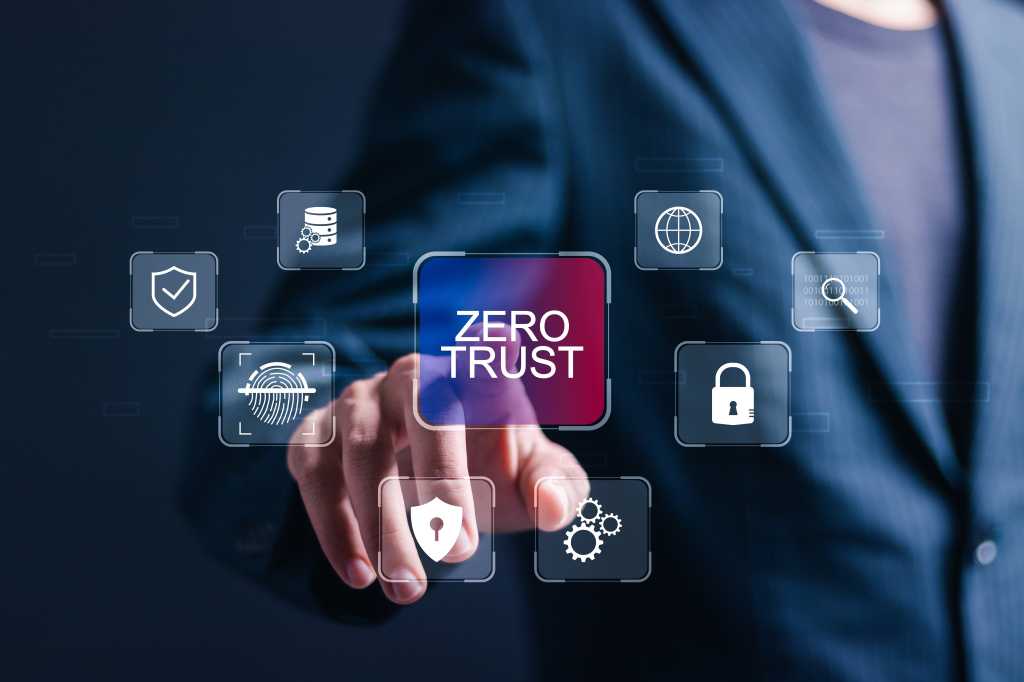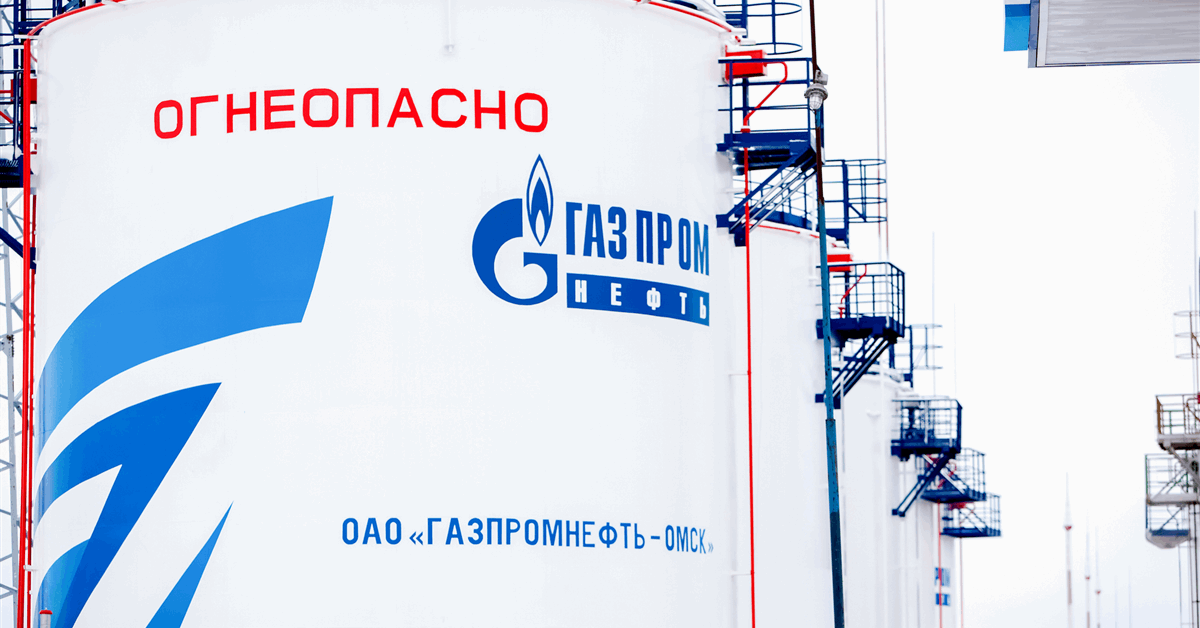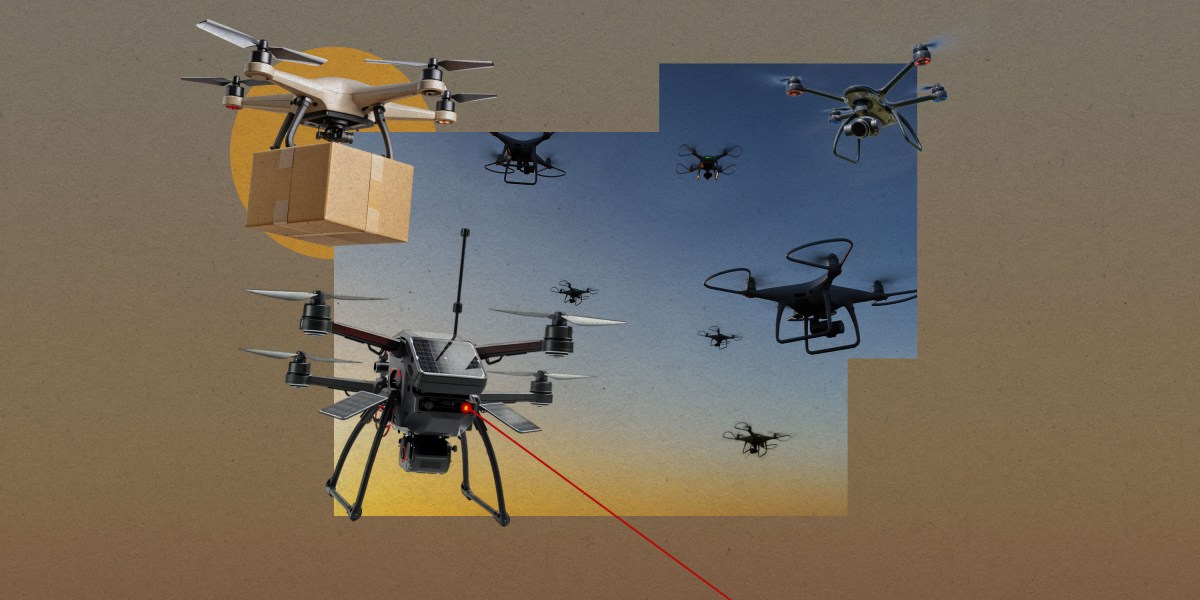
Kasthuri Jagadeesan, research director at Everest Group, said enterprises should audit centralization risks by mapping interdependencies across UPS, cooling, and shared power zones. “The NIRS case illustrates that redundancy alone cannot protect against weak compartmentalization,” she said, noting that outages can cost millions per hour.
“Geographic redundancy is only effective if failover processes are tested and staff are trained to execute under pressure,” Jaura said. “CIOs must validate that DR plans are operational, not theoretical. This means regular, realistic testing, cross-functional engagement, and continuous improvement.”
IDC research shows that centralized facilities offer economies of scale but concentrate risk, while distributed and modular approaches enhance resilience and reduce single points of failure, according to Jaura. “Diversify datacenter locations to mitigate regional risks,” he advised. “Invest in modular and mobile data center solutions for flexibility and rapid recovery.”
Market implications
Rai said the incident may instigate “heightened due diligence and a more cautious pace of adoption,” but lithium-ion technology’s advantages remain compelling. “What is likely to change is that enterprises will demand stronger safety certifications and vendor accountability, and accelerate investment in disaster recovery planning, geographical redundancy, and resilience frameworks.”
Kalyani Devrukhkar, senior analyst at Everest Group, said both enterprises and regulators will be more demanding about safety standards. “Some organizations may look at alternatives like sodium-ion or advanced valve-regulated lead-acid, and insurers will almost certainly raise premiums where risk is seen as high,” she said, noting that NFPA 855 and newer International Fire Code editions now include stricter requirements for lithium-ion battery systems.
“Enterprises are increasing budgets for business continuity management, IT disaster recovery planning, and alternative site management,” Jaura said. For CIOs, Jaura recommended a business impact analysis-driven framework that balances efficiency with safety and compliance. “The decision is not binary — mitigation such as advanced monitoring, fire suppression, and modular design can allow continued use of lithium-ion batteries in lower-risk scenarios,” he said.






















